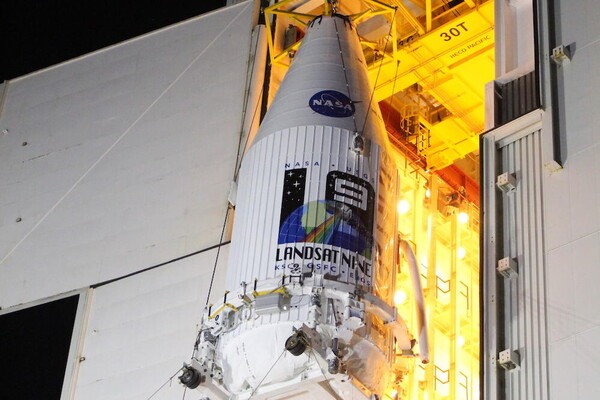CUTE

The Colorado Ultraviolet Transit Experiment (CUTE) is a NASA cubesat mission dedicated to study extrasolar planets, especially the extended, escaping atmosphere of planets orbiting the brightest stars. CUTE was launched at 8:11 p.m. CEST on 27 September 2021, aboard an Atlas V rocket from Vandenberg Space Force Base, California.
The main science goal of CUTE is the study of the upper atmosphere of close-in planets by means of near ultraviolet transmission spectroscopy. Targets are therefore observed during planetary transits, meaning while the planet is passing in front of the star as seen from Earth. During transit, part of the stellar light passes through the planetary atmosphere, which leaves its fingerprint in the stellar spectrum. CUTE spectra will be used to extract and study the planetary atmospheric signature to improve our understanding of planet atmospheric escape.
CUTE is built under the leadership of the University of Colorado at Boulder. CUTE is a 6U cubesat of the size of 30x20x10 cm, approximately two reams of A4 paper on top of each other. Because of the rectangular shape of the payload and not to lose collecting area, the telescope will carry a 20x8 cm rectangular mirror, which is 3.2 times more efficient than a circular mirror that could fit in the spacecraft. The nominal mission lifetime is seven months, during which the satellite will observe a sample of about 20 targets to study the chemical composition and physical properties of their upper atmosphere, which is believed to be escaping from the planet.
IWF is providing the analysis of the optical system, the data simulator, and the data reduction pipeline.
Detailed information can be found at the University of Colorado.

